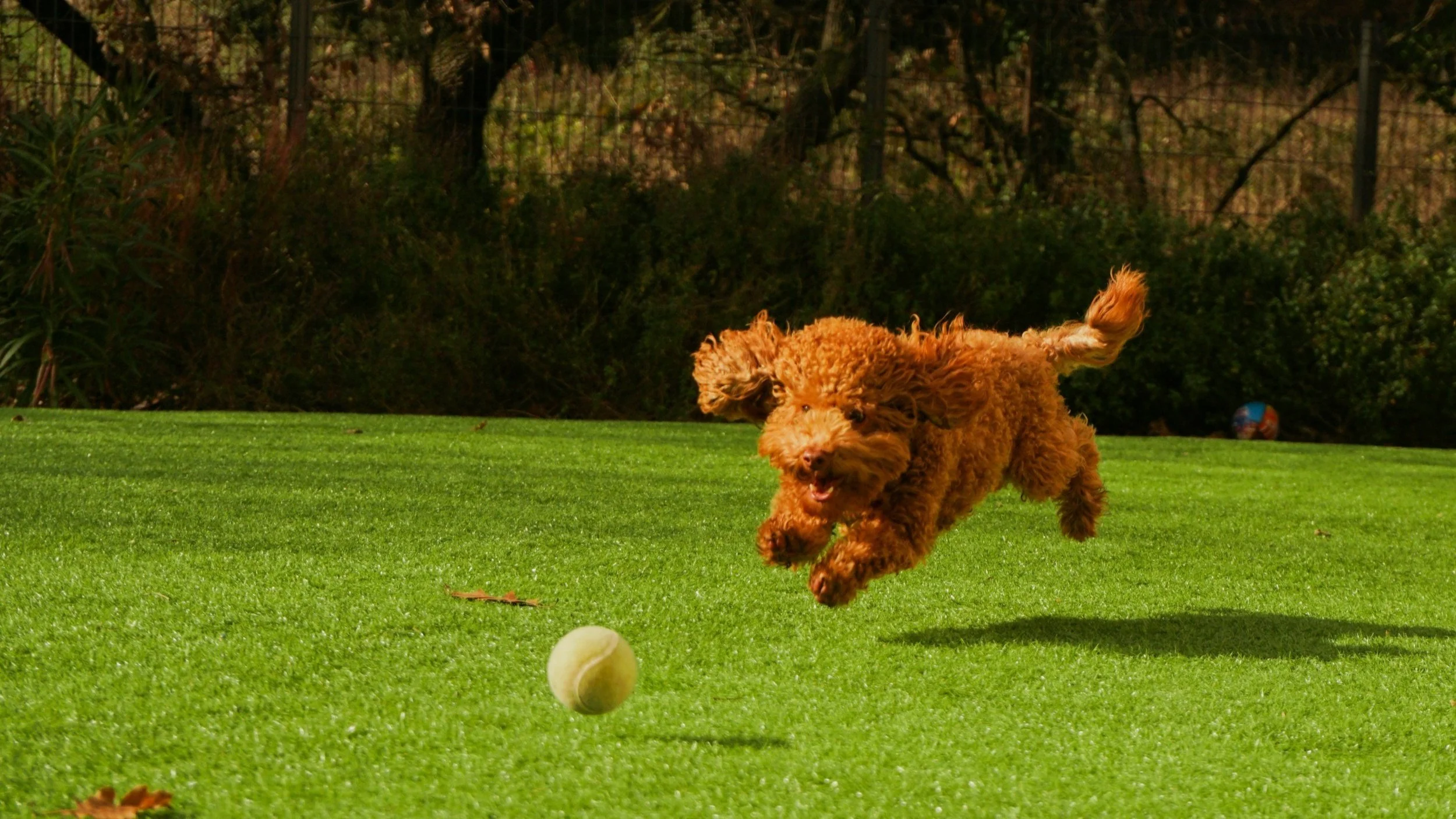Why Won’t My Puppy Fetch?
How to Teach a Reluctant Rover to Drop the Ball — and Fall in Love with Fetch
Does your puppy chase the ball but refuse to bring it back—or worse, run off and guard it like a furry dragon hoarding treasure?
You’re not alone. Many dogs and puppies love the “chase” part of fetch, but don’t quite understand the “return” or “release” part of the game. And there’s a good reason for that…
Dogs Are Natural Resource Guarders
Instinctually, dogs protect things they find valuable—whether it’s a toy, bone, or stolen sock. This behavior, called resource guarding, is perfectly normal. In the wild, hanging onto a prized possession could mean survival.
So when your puppy grabs a toy and doesn’t want to let it go, they’re not being stubborn—they’re just being a dog.
Unfortunately, that makes teaching fetch a bit tricky… but the good news? There’s a simple training solution.
The Two-Toy Trick: A Game-Changer for Teaching Fetch
The easiest way to get your puppy to drop the toy they’ve “caught” is to use two identical toys or balls—ideally, ones your pup finds equally exciting.
Here’s how it works:
When your puppy picks up Toy A and starts to run away with it, you surprise them by revealing Toy B. Their natural curiosity and possessiveness will kick in, and chances are, they’ll drop Toy A to go after Toy B.
Once they do, reward that drop by tossing Toy B. Before long, they’ll start dropping the toy in anticipation of the next throw—even when you only use one ball.
Understanding the Premack Principle in Teaching Fetch to a Toy-Hoarding Dog
The Premack Principle is a proven training technique that uses a highly desirable activity to encourage a less appealing behavior. In the case of fetch, it works like this: “drop the toy you’re guarding, then you get to chase or play with the next one.”
Because your dog loves chasing and playing with the ball, this principle motivates them to release the toy they’re holding in order to access the more exciting reward of the second toy. Using this “do this, then you can do that” approach helps your dog learn that letting go of their prized possession leads to more fun—and better behavior.
Applying the Premack Principle makes fetch training more rewarding, strengthens your bond, and turns the game into a positive experience for both you and your dog.
Step-by-Step: How to Teach Your Dog to Fetch
1. 🏠 Start in a Small Enclosed Space
Limit their ability to run off. Use a hallway, bathroom, or playpen so your puppy stays close and learns to return the toy to you.
2. 🎾 Reveal the Bait Ball or Toy
Keep the second toy hidden until you're ready. When your dog has the first toy in their mouth, animate your body language and excitedly present the bait toy to entice them to drop the one they have.
3. 💡Wait for the Drop—Then Reward
Don’t offer or toss the second toy until they drop the first one. This reinforces that giving up the toy gets them your toy.
4. 🔄 Transition to One Toy
Once your puppy starts dropping the toy before you show the second one, you can start using just one toy. Continue to reward them enthusiastically for each successful drop.
5. 🌳 Practice in Larger Spaces
After mastering the game indoors or in a small area, move to a larger space like a backyard or park. If they still bring the toy back and drop it—amazing! If not, no worries—just go back to the small space for more practice.
Don’t Forget: Make It Fun!
Fetch should feel like a game, not a chore. Keep your energy positive, use high-value toys, and always praise your pup for participating—even if they don’t get it 100% right at first.
👉 Watch: How to Teach a Puppy to Fetch (Video Tutorial)
👉 Need more help? Explore our Private Virtual Puppy Training Classes
About the Author: Certified Dog Trainer Alexandra Bassett
Alexandra Bassett, CPDT-KA, is the founder and head trainer at Dog Savvy, a private dog training company specializing in game-based dog training and behavior solutions for challenges like dog separation anxiety, leash reactivity, excessive barking, and aggression.
Certified by the Council of Professional Dog Trainers (CPDT-KA), Alexandra offers personalized in-home dog training in Salt Lake City as well as convenient online dog training sessions via Zoom for clients worldwide.
👉 Ready to give your puppy the best start? Book a consultation or online intro session with Alexandra today and get expert guidance tailored to your dog’s unique needs.





Is your puppy’s biting out of control?
Puppy biting can be frustrating and overwhelming, but you don’t have to manage it alone. Our expert dog trainers specialize in positive, game-based puppy biting solutions designed to teach bite inhibition and promote calm behavior.
Start your journey to a well-mannered, happier puppy with proven techniques that work.
👉 Book your game-based puppy training intro session today!